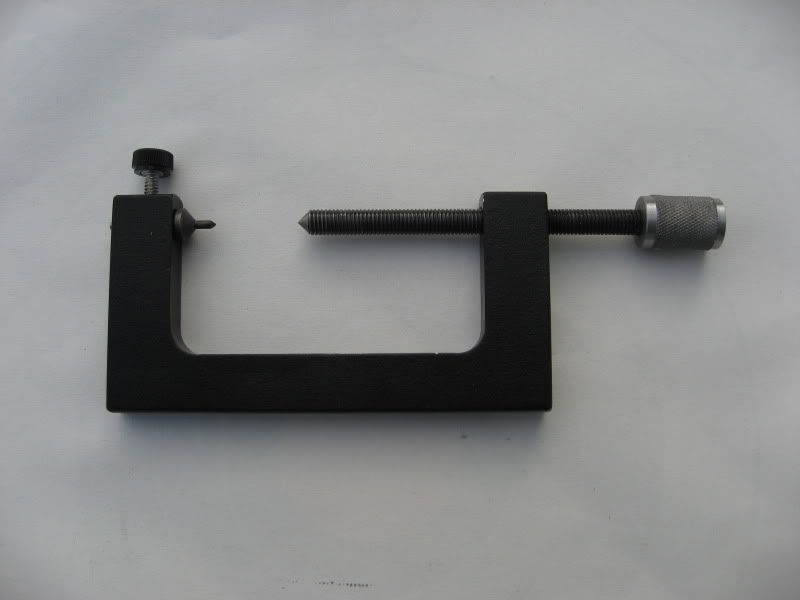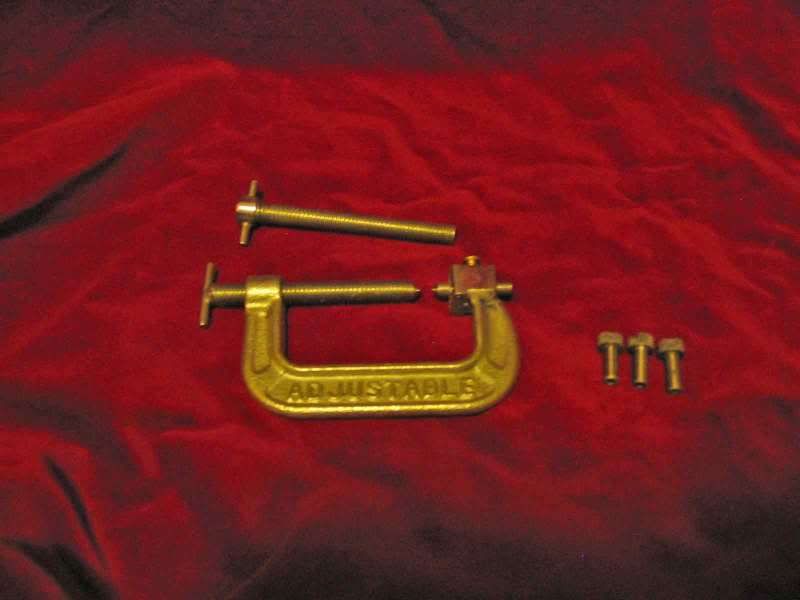RubbleMaker
32 Cal.
- Joined
- Jul 3, 2012
- Messages
- 10
- Reaction score
- 0
I wonder if anyone may be able to help me with this puzzle.
So far I am at a loss as to how I would go about drilling and tapping Lock Bolt Channels on a "Delux" Jim Chambers Siler flint. Will I be in the market for a Mainspring vice to complete the inlet or am I barking up the wrong tree on this. As you can see in the attached image hosted by TOW the Pan is secured from behind by a recessed bolt identified by TOW's nomenclature guide as one of the "Lock Bolt Channel's".

Click here to see TOW's illustrated guide.
Would this screw simply be a placeholder for a pre-designated Lock Bolt Channel or would I be expected to drill and tap both of these features myself. The literature implies that these locks are 'beefed up' and 'tuned' large Siler's that can be dropped into already existing mortises.
So far I am at a loss as to how I would go about drilling and tapping Lock Bolt Channels on a "Delux" Jim Chambers Siler flint. Will I be in the market for a Mainspring vice to complete the inlet or am I barking up the wrong tree on this. As you can see in the attached image hosted by TOW the Pan is secured from behind by a recessed bolt identified by TOW's nomenclature guide as one of the "Lock Bolt Channel's".

Click here to see TOW's illustrated guide.
Would this screw simply be a placeholder for a pre-designated Lock Bolt Channel or would I be expected to drill and tap both of these features myself. The literature implies that these locks are 'beefed up' and 'tuned' large Siler's that can be dropped into already existing mortises.









